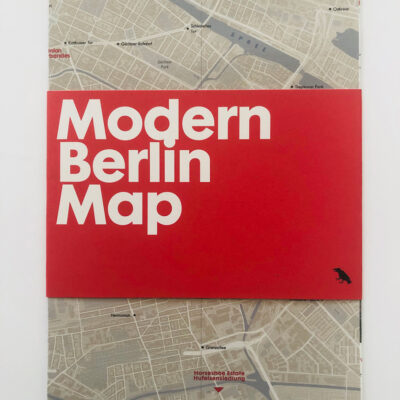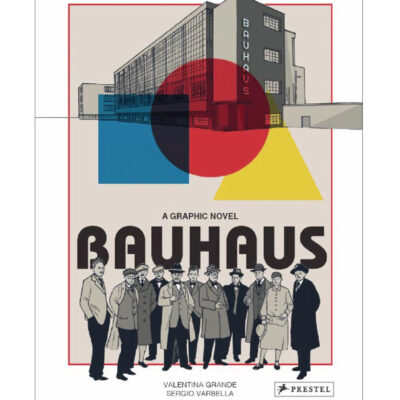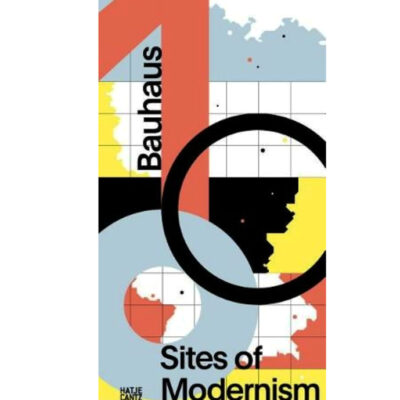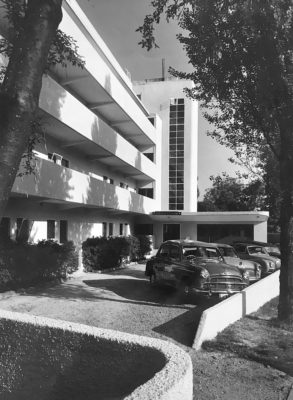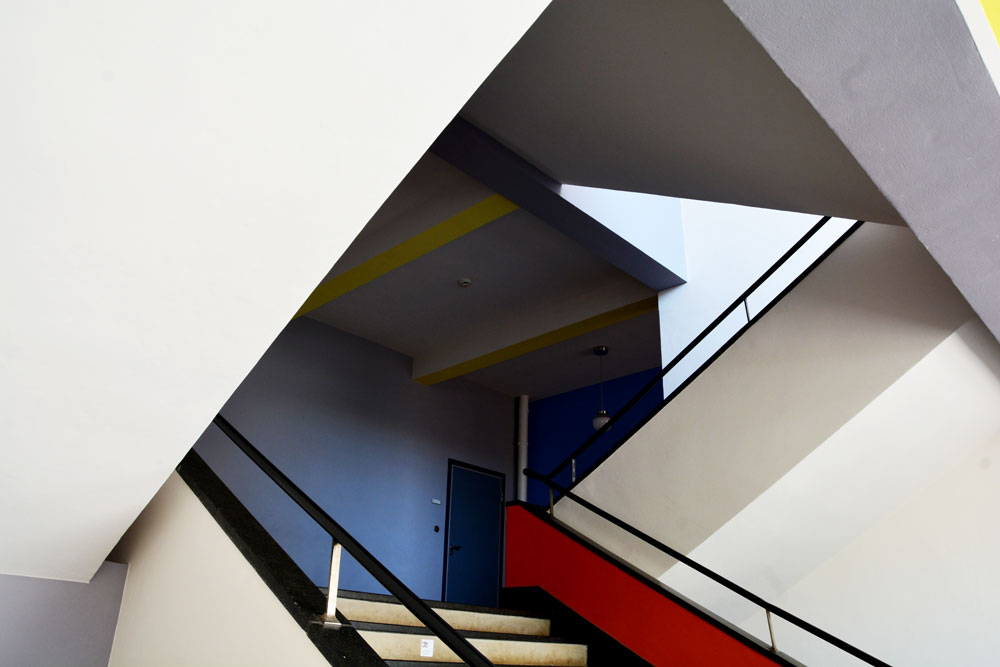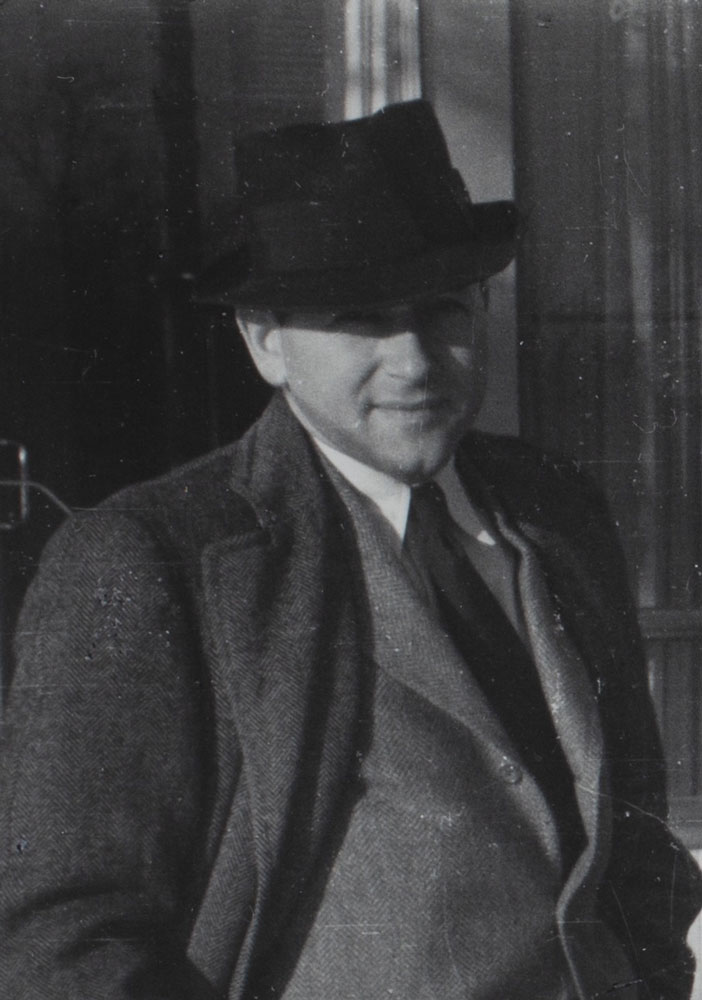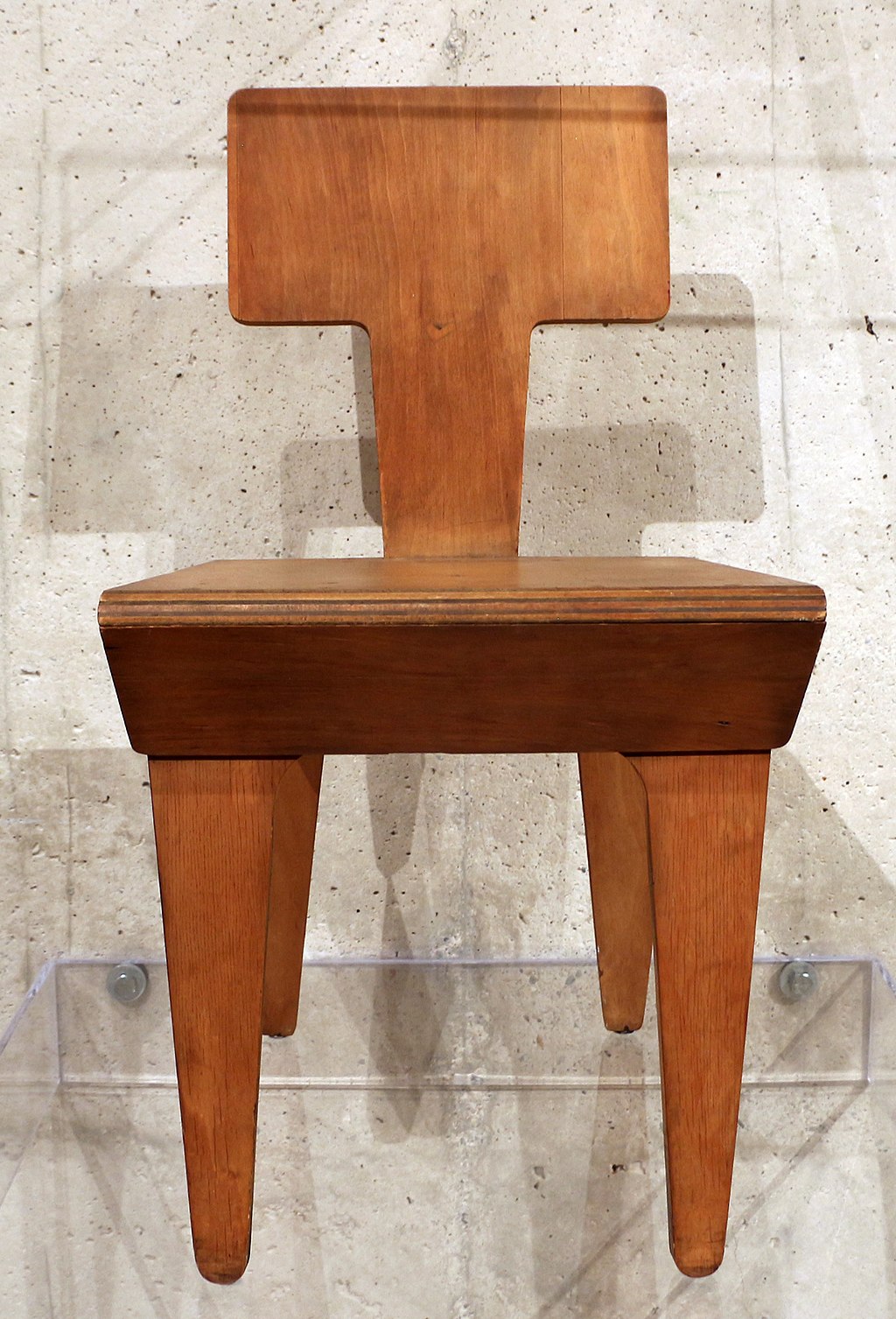
Hin Bredendieck
Hin (Heinrich) Bredendieck, lighting and furniture designer, a Bauhaus Dessau student who found success in Weimar, Germany and America.
One of seven children born in Rutterhude on 9 June 1904 in Aurich in Ostfriesland (East Frisia), Lower Saxony in Germany. From early on he was fascinated by design, yearning from a young age to learn but not in a conventional way.
Apprenticeship under a local carpenter led him to formal education at the School of Applied Arts in Stuttgart in 1925 and then a switch to the School of Applied Arts in Hamburg but neither place offered what he was looking for. You could say he was always heading for the Bauhaus in Dessau which he joined in 1927.
Here he found himself in the company of an abundance of talent. A student of Josef Albers, Marianne Brandt, Paul Klee and László Moholy-Nagy, who taught him Material and Space, “Material und Raum”.
Lighting had become an important part of the Bauhaus School. In Brandt’s Metalwork and Lighting classes, he found a designer who wasn’t just extraordinarily creative, but also someone who could translate those designs into something suitable for mass production. Hin Bredendieck was supervised for a short time by Brandt who was a Mitarbeiter and then Acting Director and was already finding commercial success. Well established Leipzig lamp manufacturer Kandem (Körtig & Matthiesen) was already on board and had from early on supported the Bauhaus, employing students and manufacturing the school’s designs. Founded in 1889, capable of mass producing lighting they were an important business partner for the school with the manufacturing capability to mass-produce Bauhaus designs, a key plank of Bauhaus thinking when the school moved to Dessau. Marianne Brandt had several of her designs produced by Kandem and some of the most iconic items that we look at today as part of the landscape of our desks were designed by her with the help of Hin Bredendieck, items such as the Kandem Table Lamp, their iconic floor standing lamp and pendant ceiling lights.
Brandt’s relationship with Bredendieck did not end well, whilst she was adept at forging contacts leading to contracts between manufacturers and the school, she was nevertheless operating in a man’s world. When Naum Gabo, Bredendieck and Hermann Gautell wanted the direction of the metal workshop to move from metal objects towards metal furniture she found herself outmanoeuvred. She left, Bredendieck, Gautell and Bayer remained.
Hin Bredendieck graduated in 1930. He moved to Berlin where he worked briefly for László Moholy-Nagy and Herbert Bayer, who had been the Bauhaus Master of ‘Advertising Art’, Werbedruck, and was now Berlin head of the American advertising agency, Studio Dorland.
In 1933 Bredendieck left Germany to work on a project with Siegfried Giedion in Switzerland. They helped turn the B.A.G Lighting Manufacturing Company in Turgi into a large production operation. Hin also received commissions from Licht Metall AG to create lighting for the Corso theatre and other restaurant lighting projects.
He was compelled to briefly return to Germany in 1934 when his visa ran and he turned to fellow Bauhaus student Herman Gautell in Oldenburg. Together they set up a manufacturing business. However, ultimately he left in 1937 with his wife, Bauhauser, Virginia Weishauss for a new life in America.
They headed to Chicago and László Moholy-Nagy who by now was head of the ‘New Bauhaus’, which later became part of the I.I.T Institute of Design. Bredendieck was offered a teaching position, delivering the Preliminary Course, the Vorkurs (following in the Bauhaus footsteps of Itten and Moholy-Nagy) adding in new elements. A student later recalled that they would be encouraged to create ‘hand sculptures’ that fitted into the hand giving a new student a real sense of scale when designing everyday objects. Sadly the school closed due to a lack of funding and Hin relied financially on creating his own furniture and wooden toy designs. When the war ended he was invited to become a lecturer at the Institute of Design in Chicago and later became Assistant Professor in Product Design.
Nathan Lerner had been a student at the New Bauhaus, returning in 1945 to what was now the Insitute of Design, he became Dean of Faculty, however, four years later he turned his back on academia disagreeing about an issue of direction and went into business with Hin creating Lerner-Bredendieck Design, a company that flourished from 1949 to 1954. They were at the forefront of designing DIY, flat pack, low-cost furniture for a baby-boomer generation and worked with the Gypsum company.
Bredendieck returned to academia accepting the role of Head of Department at Atlanta’s Institute of Industrial Design in 1952. He became a prolific writer about the theory of design which continued well into his retirement. He died in 1995.
Image of a Hin Bredendieck Chair in the Museum of Milwaukee by Sailko CC BY SA 3.0





